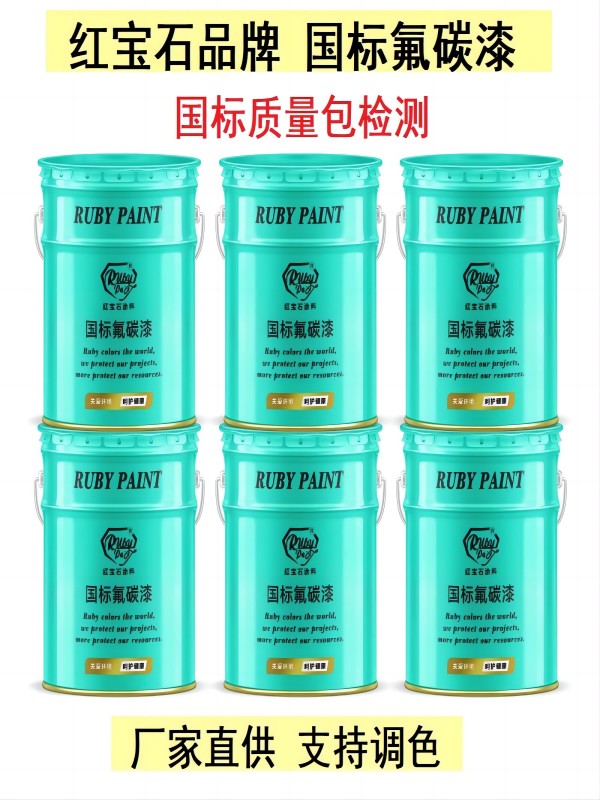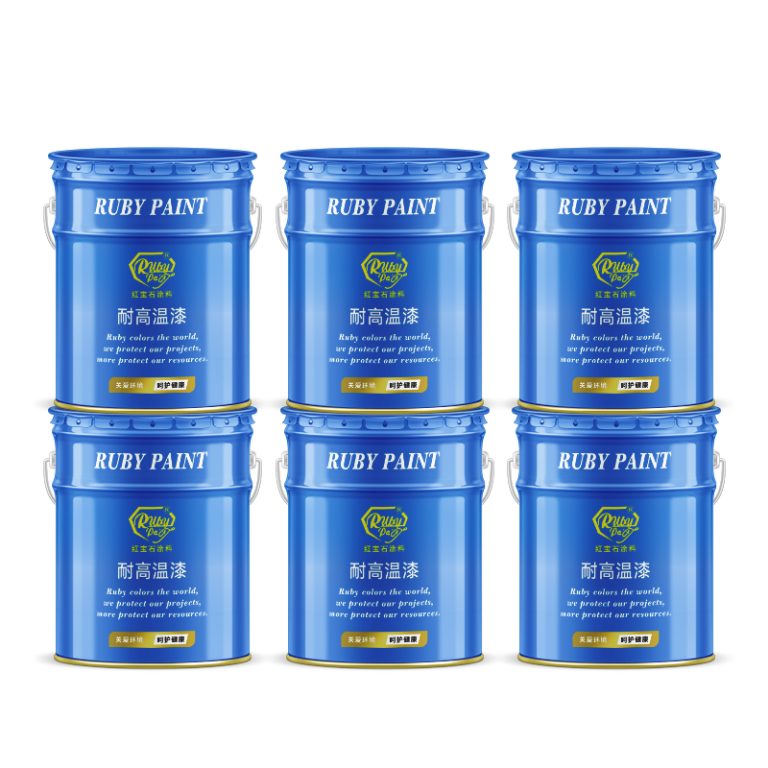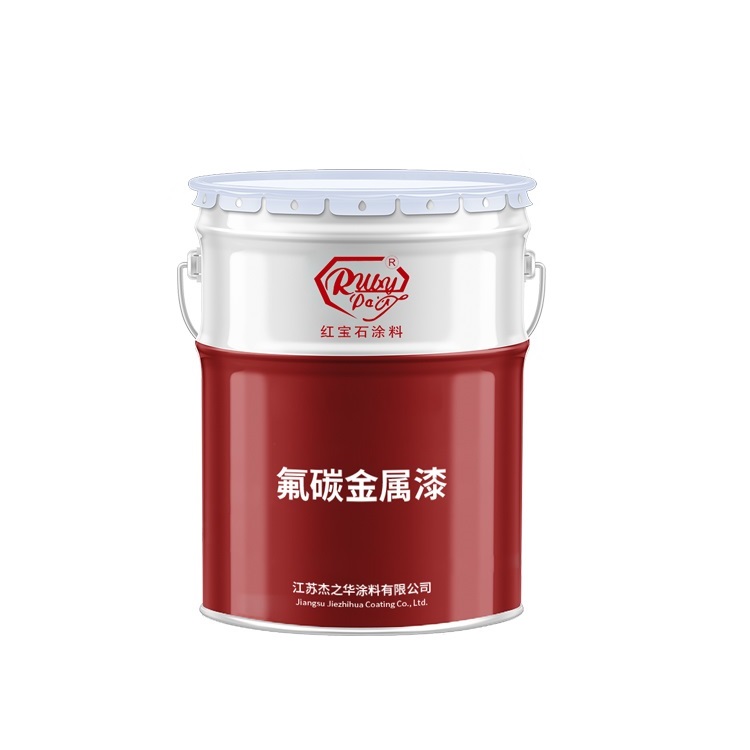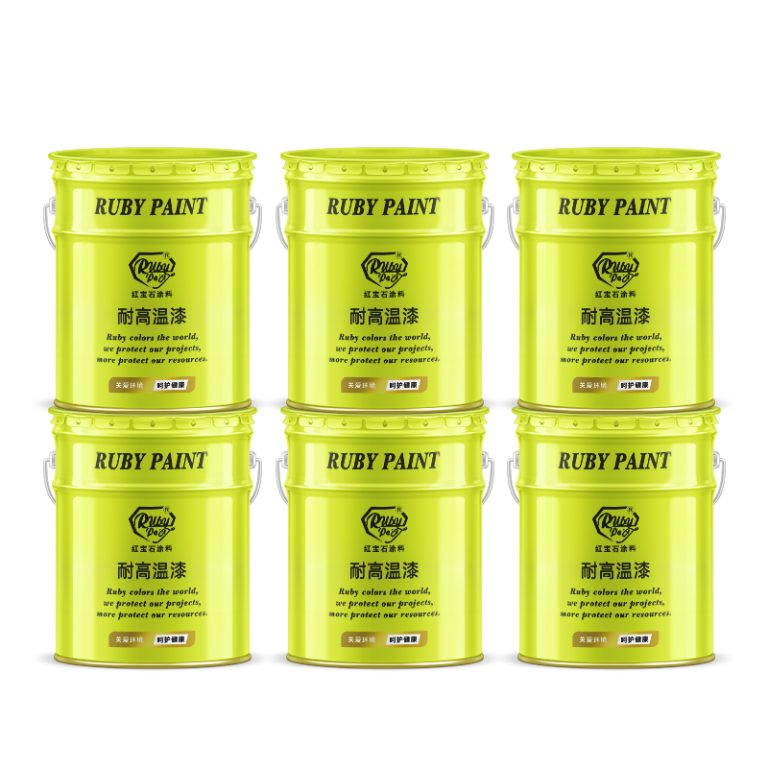Table of Contents
Properties and Applications of PVDF Coatings: A Comprehensive Guide
Polyvinylidene fluoride (PVDF) coatings and fluorocarbon coatings are two popular options in the realm of protective surface treatments. While they share some similarities, they also possess distinct characteristics that make each suitable for different applications. Understanding the properties and applications of PVDF coatings versus fluorocarbon coatings is essential for making informed decisions in various industries.
PVDF, a thermoplastic fluoropolymer, boasts exceptional chemical resistance, UV resistance, and weatherability. These qualities make it a preferred choice for outdoor applications where durability is paramount. PVDF coatings offer excellent resistance to harsh chemicals, acids, and solvents, making them ideal for environments exposed to corrosive elements. Additionally, PVDF coatings exhibit remarkable color retention, ensuring long-term aesthetic appeal even in challenging outdoor conditions.
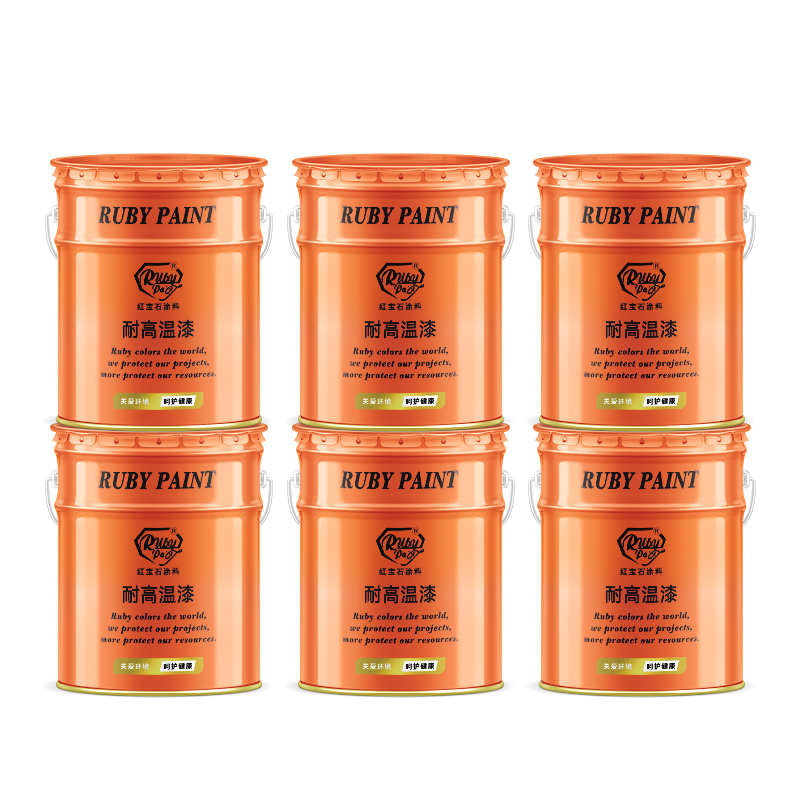
Fluorocarbon coatings, on the other hand, encompass a broader category that includes polyvinyl fluoride (PVF) and fluoropolymer-based coatings such as polytetrafluoroethylene (PTFE) and fluorinated ethylene propylene (FEP). Among these, PTFE coatings are renowned for their non-stick properties, low coefficient of friction, and high heat resistance. This makes them suitable for applications involving cookware, industrial bakeware, and conveyor belts where non-stick properties are crucial. Fluorocarbon coatings also offer excellent chemical resistance and thermal stability, albeit with varying degrees depending on the specific formulation.
Transitioning from PVDF coatings to fluorocarbon coatings, one notable difference lies in their application methods. PVDF coatings are typically applied through a liquid spray process, allowing for precise control over coating thickness and uniformity. In contrast, fluorocarbon coatings, particularly PTFE coatings, are often applied through a powder coating process followed by baking to achieve the desired finish and properties. This distinction in application techniques may influence the choice between PVDF and fluorocarbon coatings based on project requirements and budget constraints.
Despite their differences, both PVDF and fluorocarbon coatings find widespread use across diverse industries. PVDF coatings are commonly employed in architectural applications, including building facades, roofing systems, and exterior cladding, where their combination of durability and aesthetics is highly valued. Fluorocarbon coatings, particularly PTFE coatings, are prevalent in the food processing industry, automotive sector, and semiconductor manufacturing, where their non-stick properties and chemical resistance are indispensable.
In terms of cost-effectiveness, PVDF coatings may offer advantages in certain applications due to their relatively lower material and application costs compared to fluorocarbon coatings. However, the long-term performance and durability of fluorocarbon coatings, especially PTFE coatings, justify their higher initial investment in applications where non-stick properties and extreme chemical resistance are paramount.
Transitioning from applications to performance, both PVDF and fluorocarbon coatings undergo rigorous testing to ensure compliance with industry standards and specifications. These include tests for adhesion, abrasion resistance, weatherability, and chemical resistance to guarantee the longevity and reliability of coated surfaces in real-world environments.
In conclusion, the choice between PVDF coatings and fluorocarbon coatings depends on a multitude of factors, including application requirements, performance expectations, budget considerations, and industry standards. While PVDF coatings excel in outdoor applications demanding exceptional durability and weather resistance, fluorocarbon coatings, particularly PTFE coatings, offer unmatched non-stick properties and chemical resistance in specialized applications. By understanding the properties and applications of both coatings, stakeholders can make informed decisions to achieve optimal performance and longevity in their projects.
Understanding the Key Differences between PVDF and Fluorocarbon Coatings
Polyvinylidene fluoride (PVDF) and fluorocarbon coatings are two popular options in the realm of protective coatings for various surfaces, ranging from architectural structures to industrial equipment. While both are derived from fluoropolymer resins and offer exceptional durability and weather resistance, there are distinct differences between the two that can impact their suitability for specific applications.
PVDF, also known by its trade name Kynar, is a thermoplastic fluoropolymer resin that is renowned for its exceptional chemical resistance and UV stability. It is commonly used in architectural applications such as building facades, roofing systems, and signage. One of the key characteristics of PVDF coatings is their ability to maintain color and gloss over extended periods of exposure to harsh environmental conditions. This makes them an ideal choice for exterior surfaces where long-term aesthetics are a priority.
In contrast, fluorocarbon coatings, often referred to as FEVE coatings, are based on fluoroethylene vinyl ether (FEVE) resins. Like PVDF, fluorocarbon coatings offer outstanding weather resistance and durability. However, they are particularly valued for their superior gloss retention and color vibrancy, making them a popular choice for architectural projects that demand a high level of aesthetic appeal. Fluorocarbon coatings are also known for their exceptional dirt and stain resistance, which can help maintain the visual integrity of coated surfaces over time.
One significant point of differentiation between PVDF and fluorocarbon coatings lies in their application methods and curing processes. PVDF coatings are typically applied using a spray application method and require a curing process involving heat to achieve optimal adhesion and performance. On the other hand, fluorocarbon coatings can be applied using both spray and coil coating methods, and they often cure at ambient temperatures, reducing energy consumption and speeding up the coating process.
Another important consideration is the cost difference between PVDF and fluorocarbon coatings. While PVDF coatings tend to be more expensive upfront due to their higher material and application costs, they often provide long-term cost savings through their extended service life and minimal maintenance requirements. Fluorocarbon coatings, while initially more affordable, may require more frequent recoating or maintenance to preserve their aesthetic properties over time, potentially leading to higher lifecycle costs.
When selecting between PVDF and fluorocarbon coatings, it is crucial to consider the specific requirements of the project, including environmental conditions, desired aesthetics, and budget constraints. For applications where color retention and gloss are paramount, fluorocarbon coatings may offer a distinct advantage. However, for projects where long-term durability and minimal maintenance are top priorities, PVDF coatings may be the preferred choice.
In conclusion, while PVDF and fluorocarbon coatings share many similarities in terms of weather resistance and durability, there are notable differences that can influence their suitability for different applications. Understanding these distinctions is essential for making informed decisions when selecting the appropriate coating system for a given project. By weighing factors such as performance requirements, aesthetic preferences, and budget considerations, stakeholders can ensure the successful implementation of protective coatings that meet their specific needs and expectations.

